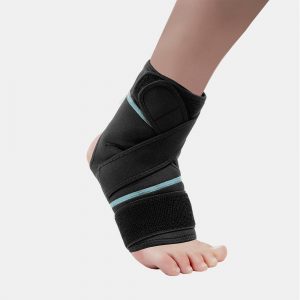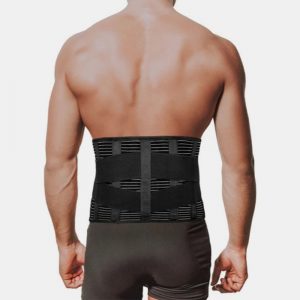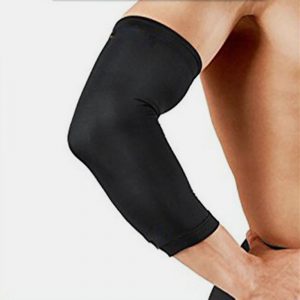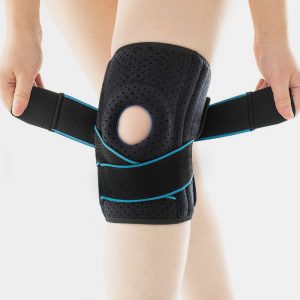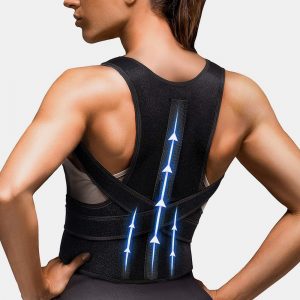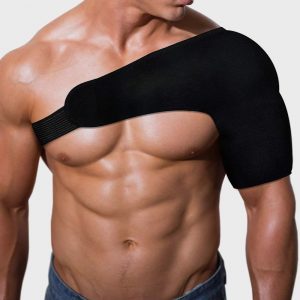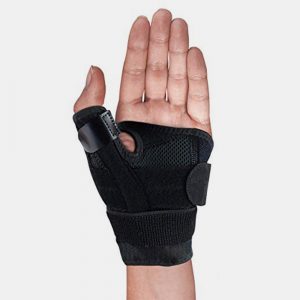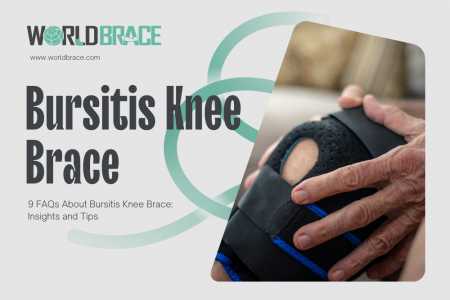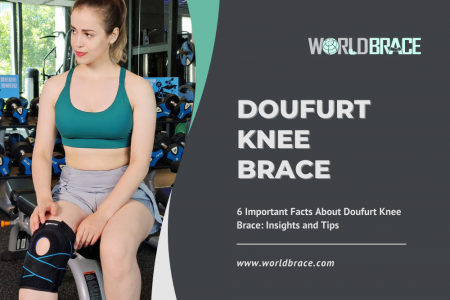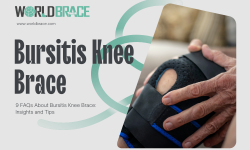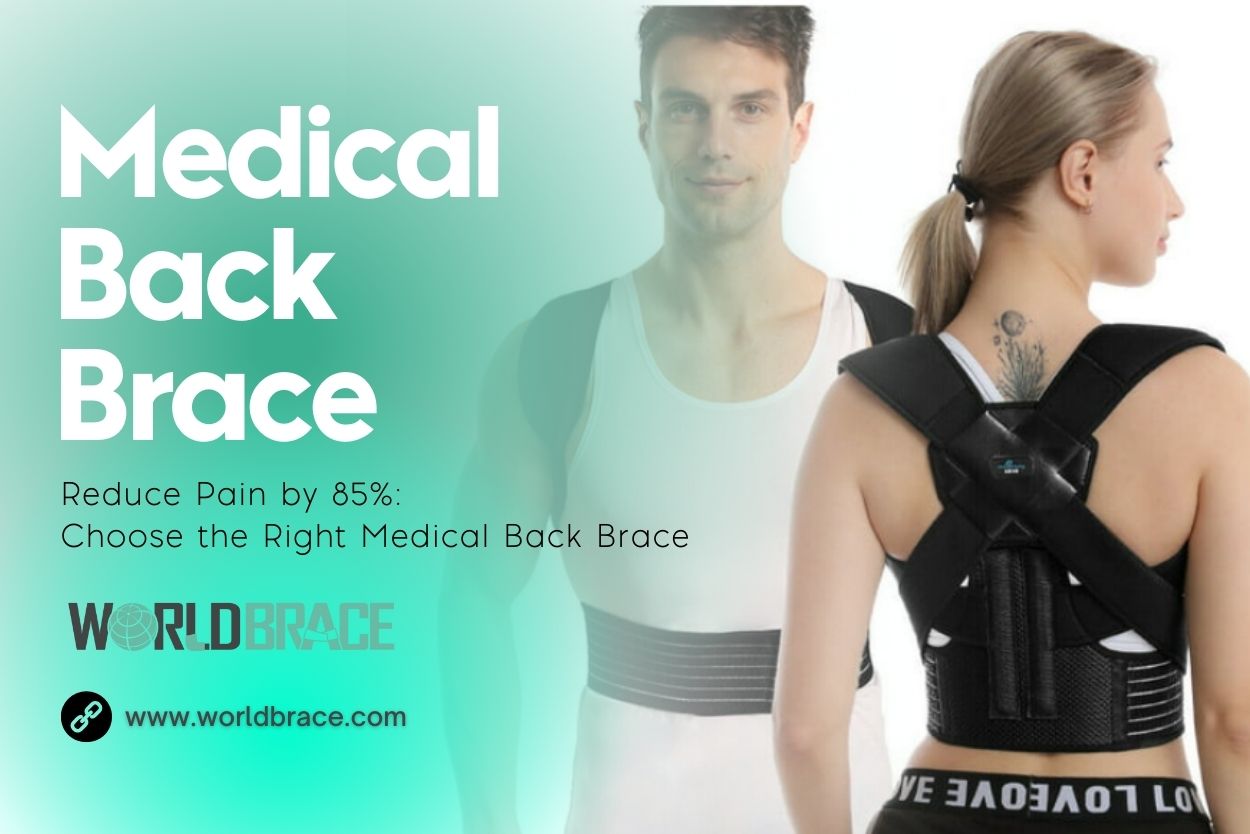
Understanding the Importance of Medical Back Braces
Medical back braces are essential tools for managing back pain effectively. These supportive devices are designed to provide stability, alignment, and compression to the back, which can significantly reduce pain by up to 85%. Wearing a back brace correctly can offer numerous benefits in managing back pain and promoting overall spine health.
One of the key reasons why medical back braces are necessary is their potential to reduce pain by 85%. Back pain can be caused by various factors such as muscle strain, ligament sprains, herniated discs, degenerative disc disease, or spinal conditions like scoliosis. Back braces can support the affected area, helping to alleviate pressure on the spine and reduce the strain on the surrounding muscles and ligaments. This can result in significant pain reduction, allowing individuals to perform daily activities with less discomfort and improve their quality of life.
Moreover, wearing a back brace correctly is crucial in achieving the maximum pain reduction benefits. It is essential to follow proper guidelines on wearing and adjusting the back brace for optimal comfort and effectiveness. This includes ensuring a snug fit, positioning the brace correctly over the affected area, and avoiding over-tightening that can cause discomfort or restriction of movement. When worn correctly, a medical back brace can help improve posture, support the spine, and reduce the risk of further injury or worsening of existing conditions.
Types of Medical Back Braces
Medical back braces are available in various types and designs, each catering to specific conditions and needs. Here are some common types of medical back braces:
- Lumbar Support Braces: These braces are designed to provide support and stability to the lower back region, also known as the lumbar spine. They are often recommended for individuals with lower back pain, lumbar strains, or post-surgical recovery. Lumbar support braces typically feature adjustable straps or belts for a customized fit and may include rigid or semi-rigid panels for added support.
- Thoracic Braces: These braces are designed to support the middle and upper back region, also known as the thoracic spine. They are commonly used for thoracic fractures, kyphosis, or postural correction. Thoracic braces often feature a more rigid design to restrict movement and promote proper spine alignment.
- Sacroiliac (SI) Joint Braces: These braces are specifically designed to provide support to the sacroiliac joint, which is located between the sacrum (the triangular bone at the base of the spine) and the ilium (part of the pelvis). SI joint braces are commonly used for sacroiliac joint dysfunction or instability.
- Posture Corrector Braces: These braces improve posture by pulling the shoulders back and aligning the spine in a more upright position. They are often used for individuals with poor posture, rounded shoulders, or hunchback posture. Posture corrector braces are typically lightweight and can be worn discreetly under clothing.
- Herniated Disc Braces: These braces are designed to provide support and compression to the spine, specifically for individuals with herniated discs or disc-related conditions. They often feature a targeted compression pad or panel to help reduce pressure on the affected disc and alleviate pain.
- Maternity Back Braces: These braces are specifically designed for pregnant women to support the lower back and pelvis during pregnancy. They help to alleviate the added strain on the back and promote proper posture during pregnancy.
Who Needs Medical Back Braces
Medical back braces are designed to provide support, stability, and pain relief for individuals with various conditions affecting the back. Here are some key points to consider:
- Individuals with chronic back pain: Medical back braces can be beneficial for individuals suffering from chronic back pain due to conditions such as herniated discs, osteoarthritis, degenerative disc disease, and spinal stenosis. These braces can help alleviate pain, support, and promote proper spinal alignment.
- Patients recovering from back surgery: After undergoing back surgery, wearing a medical back brace can aid in the healing process by providing additional support to the spine and limiting movement during recovery. This can help prevent further injury and promote a faster and safer recovery.
- Individuals with poor posture: Medical back braces can be helpful for individuals with poor posture, as they can provide gentle reminders to maintain proper spine alignment, reducing the strain on the back muscles and preventing slouching.
- Athletes and active individuals: Athletes and individuals who engage in activities that strain the back, such as weightlifting or sports involving repetitive motions, may benefit from wearing medical back braces to provide extra support and protect the back from potential injuries.
- Individuals with physically demanding jobs: People with physically demanding jobs that require heavy lifting, prolonged standing, or repetitive movements may also benefit from wearing medical back braces to reduce the risk of back strain and injury.
- Individuals with scoliosis or other spinal deformities: Medical back braces can be prescribed for individuals with scoliosis or other spinal deformities to help correct and manage the curvature of the spine.
Tips for Selecting the Right Medical Back Brace
When it comes to selecting the right medical back brace, it’s essential to keep a few key tips in mind:
- Consult with a healthcare professional: Before purchasing a medical back brace, it’s crucial to consult with a healthcare professional, such as a physician or physical therapist. They can provide personalized recommendations based on your specific condition and needs.
- Consider the type of back brace: There are different types of medical back braces available, such as lumbar support braces, posture braces, and rigid braces. Consider the type of brace that best suits your condition and provides the appropriate level of support.
- Check for proper fit: A well-fitting back brace is essential for optimal effectiveness. Ensure the back brace fits snugly around your back without being too tight or loose. It should also be comfortable to wear for extended periods.
- Look for quality and durability: Opt for a medical back brace made from high-quality materials and built to last. It should be able to withstand regular use without losing its effectiveness.
- Consider adjustability: Adjustable back braces allow for customization and optimal comfort. Look for braces with adjustable straps or closures that can be easily adjusted to fit your body shape and provide the right level of support.
- Read reviews and ratings: Before making a purchase, read reviews and ratings from other customers to get an idea of the effectiveness and comfort of the back brace. Look for feedback from individuals who have similar conditions or needs.
Conclusion:
In conclusion, choosing the right medical back brace can be crucial in reducing back pain by up to 85%. By consulting with a healthcare professional, considering the type of back brace, checking for proper fit, looking for quality and durability, viewing adjustability, and reading reviews, you can make an informed decision and select a back brace that provides optimal comfort and support for your specific needs. Don’t let back pain hold you back – invest in the right medical back brace and take steps towards a pain-free lifestyle.
Shop world-class medical back braces from WorldBrace – a leading manufacturer and supplier in China. Wholesale options available for maximum convenience.

